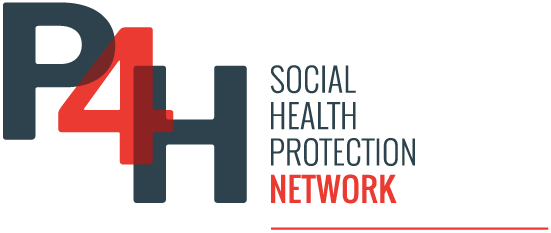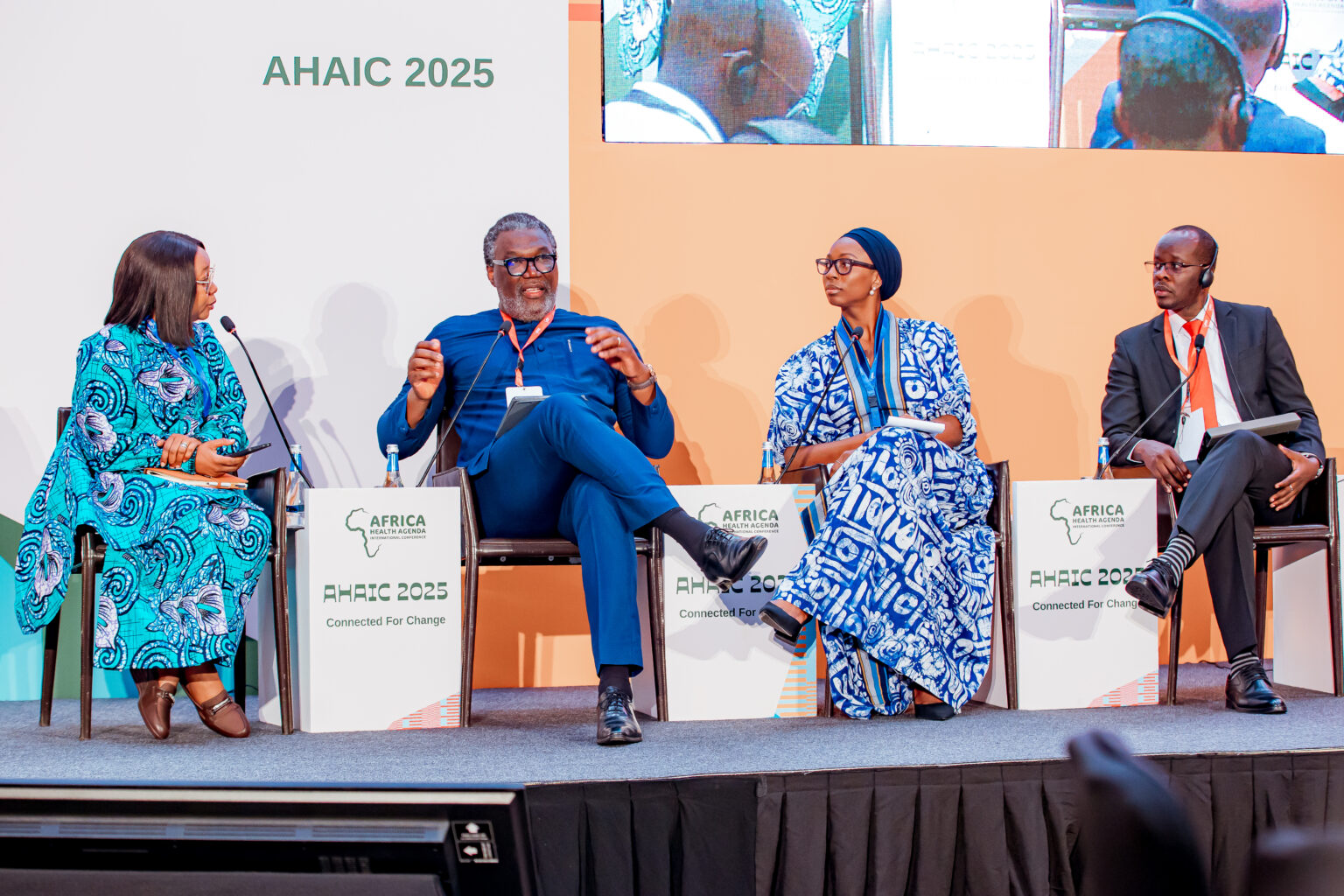Experts at AHAIC 2025 emphasised domestic resource mobilisation, prevention, and public-private partnerships to close Africa’s health financing gap, with only $40 per capita for healthcare in many nations.
At the Sixth Africa Health Agenda International Conference (AHAIC) in Kigali, experts discussed urgent strategies to address Africa’s health financing gap, with many countries allocating just $40 per capita for healthcare—far below the $4,000 seen in high-income nations. With international aid becoming increasingly unreliable, speakers emphasised the need for domestic resource mobilisation, South-South cooperation, and innovative financing models. Amref Health Africa CEO Dr. Githinji Gitahi highlighted the importance of prioritising prevention through clean water, sanitation, and immunisation to reduce long-term healthcare costs.
Despite efficiency measures, stakeholders agreed that $40 is insufficient. Only two African countries—South Africa and Cape Verde—have met the Abuja Declaration’s goal of allocating 15% of their national budget to health. The Africa CDC is now working on a framework to boost domestic health funding. Public-private partnerships (PPPs) are also seen as critical. Roche has committed to expanding diagnostic testing, while the Serum Institute of India is collaborating with African manufacturers to strengthen vaccine production. Experts stressed that sustainable health financing requires coordinated efforts across governments, private sectors, and communities.
As Africa’s population grows, innovative strategies will be essential to ensuring universal health coverage and strengthening resilient health systems.


